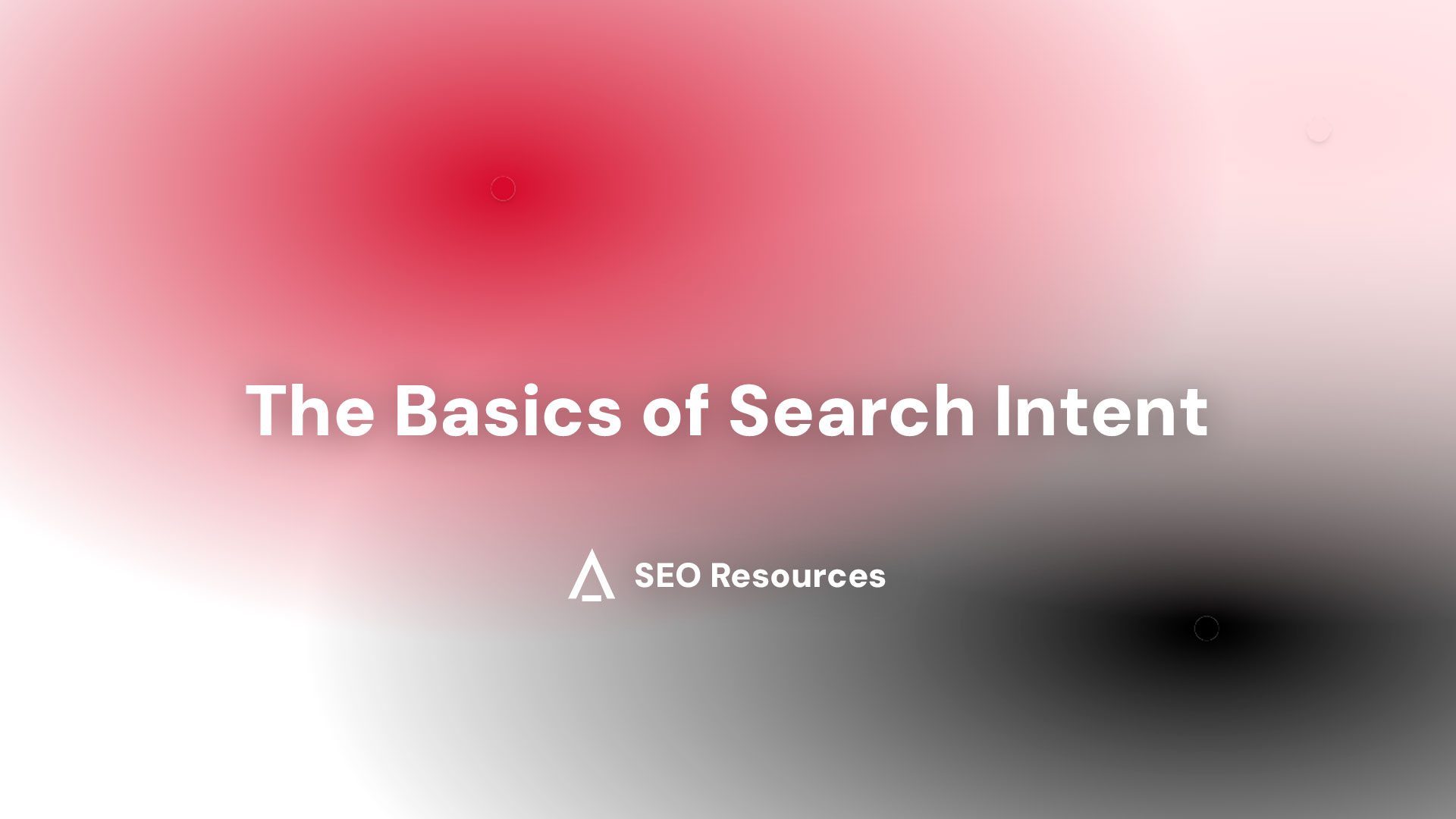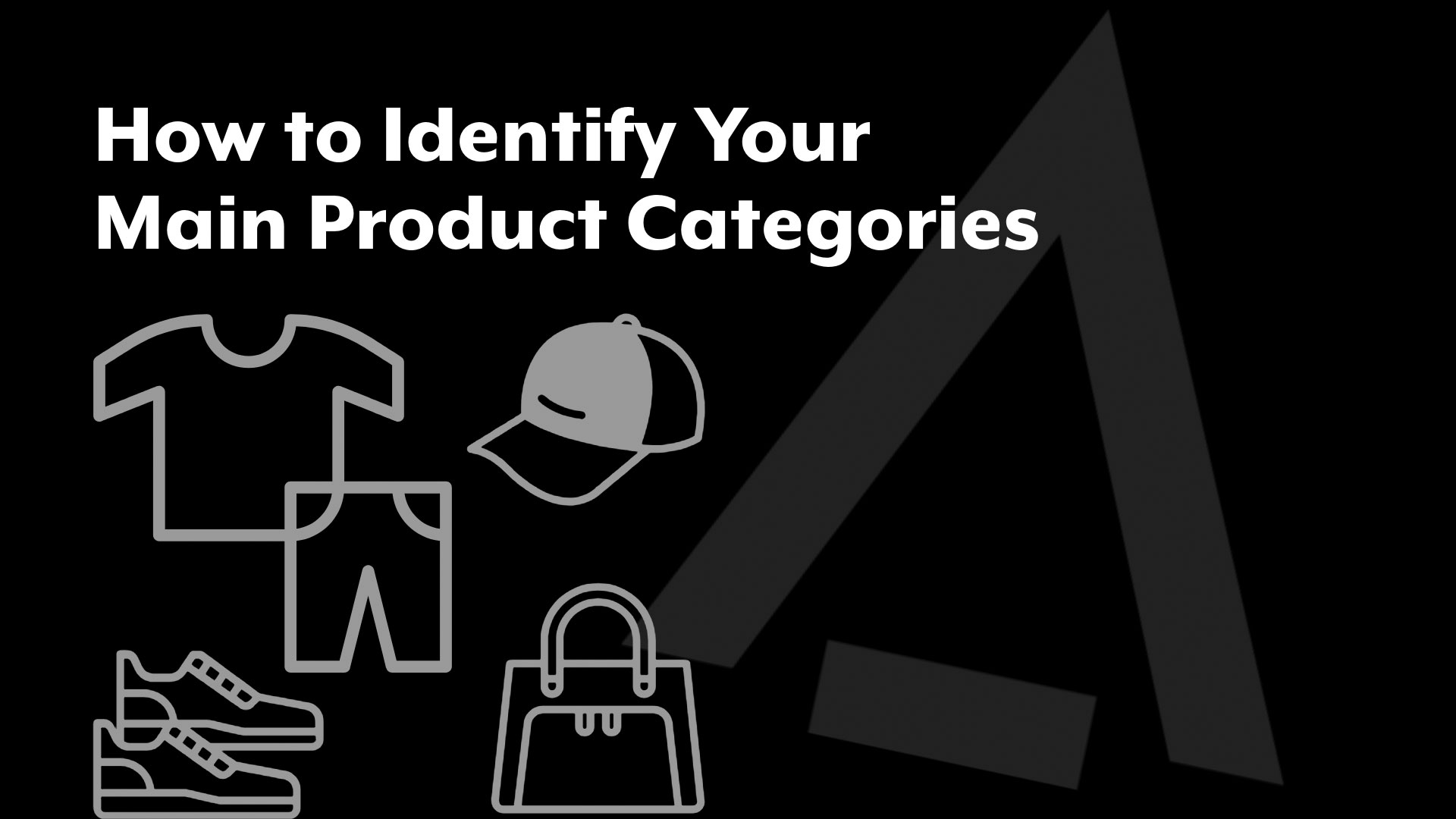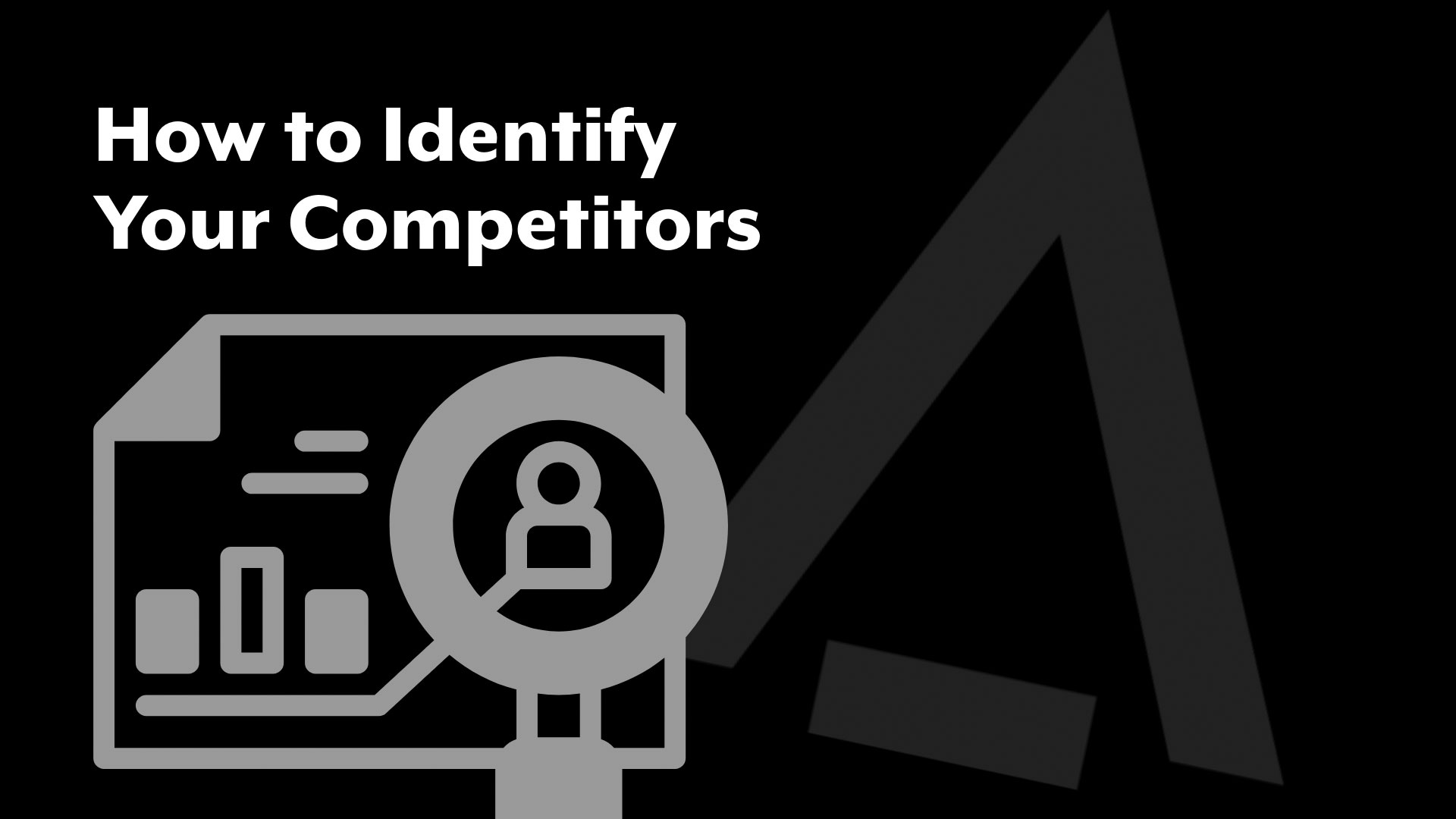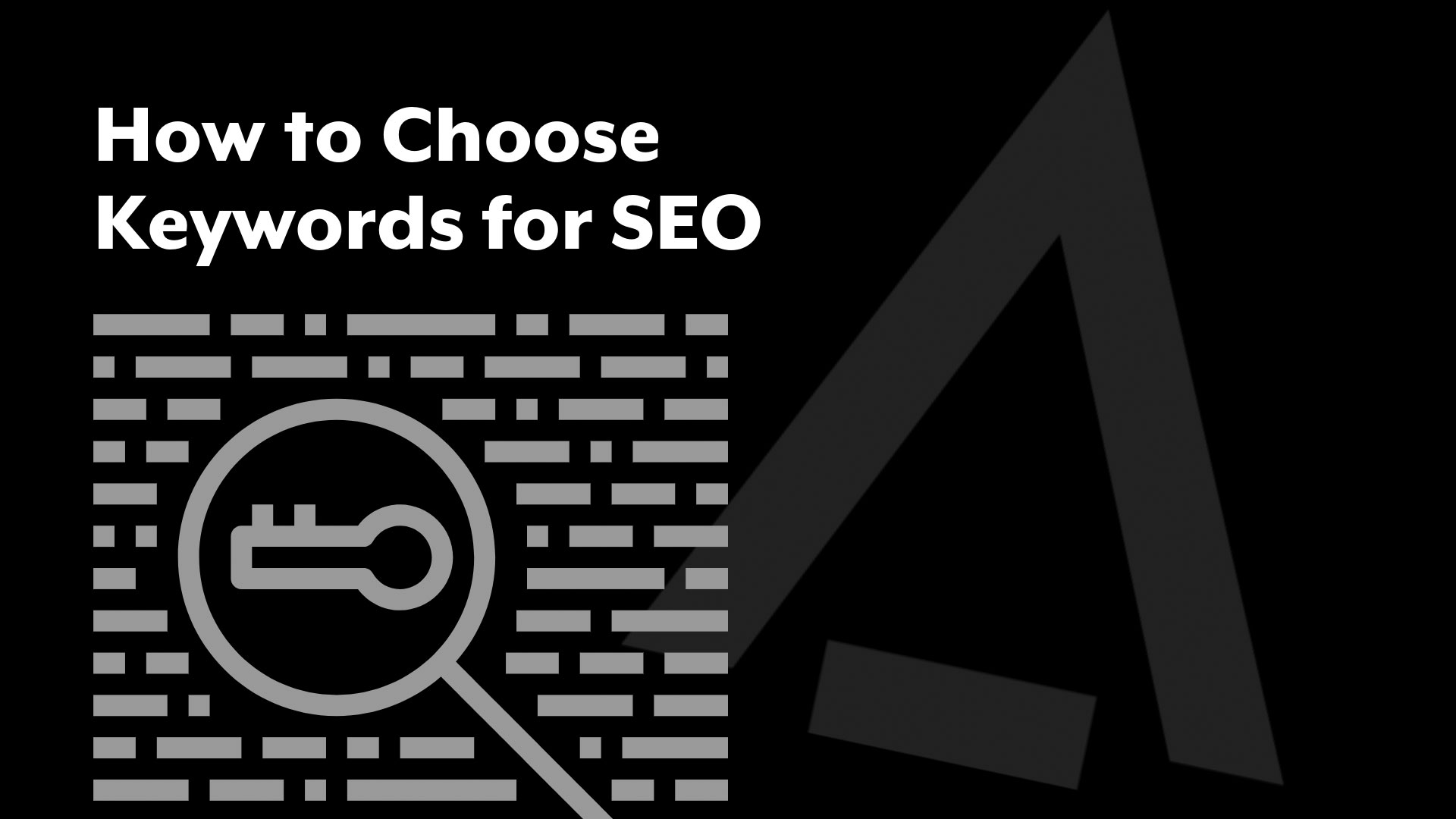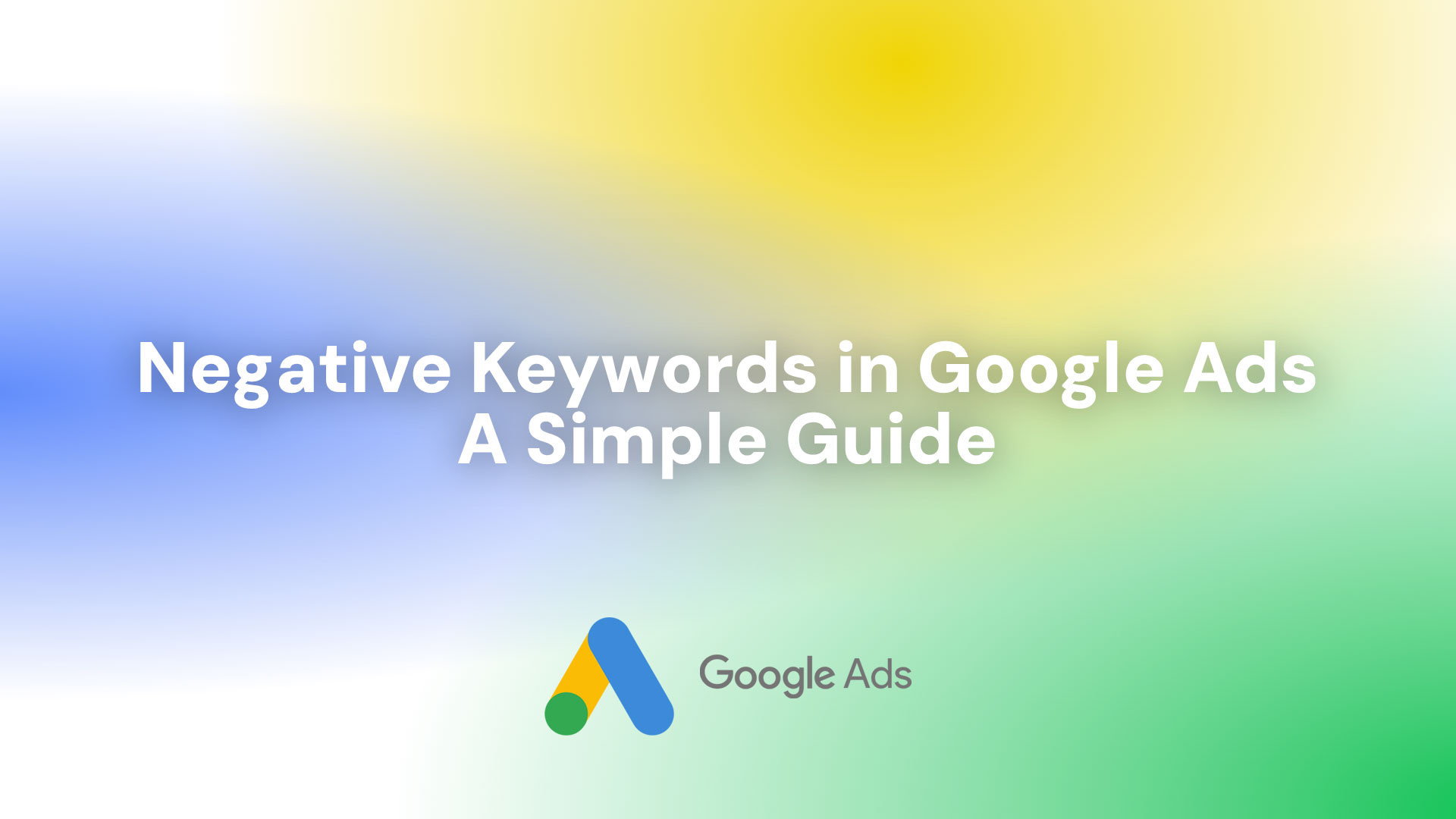The Basics of Search Intent
- Topics: Content Optimization, Keyword Strategy, User Intent
- Resources: Google Ads Resources, PPC Resources, SEO Resources
Understanding search intent is crucial for optimizing your website’s content and improving your SEO strategy. At ARMOUR Digital Marketing Agency, we believe that grasping the fundamentals of search intent can significantly enhance your digital marketing efforts. In this introductory guide, we’ll explain what search intent is, why it matters, and how you can align your content to meet user needs effectively.
What is Search Intent?
Search intent, also known as user intent, refers to the purpose behind a user’s search query. It represents the reason why a user conducts a particular search and what they hope to achieve. Search intent is a critical factor in determining how search engines like Google rank content.
Types of Search Intent
There are four primary types of search intent:
- Informational Intent Users are looking for information or answers to specific questions. For example, “What is search intent?” or “How to optimize for SEO.”
- Navigational Intent Users are trying to find a specific website or page. For example, “Facebook login” or “ARMOUR Digital Marketing Agency website.”
- Transactional Intent Users are ready to make a purchase or complete a transaction. For example, “buy running shoes online” or “best laptop deals.”
- Commercial Investigation Users are researching products or services before making a decision. For example, “best SEO tools” or “top digital marketing agencies.”
Why is Search Intent Important?
Understanding search intent is essential for several reasons:
- Improved Relevance By aligning your content with user intent, you can provide more relevant and valuable information to your audience.
- Higher Rankings Search engines prioritize content that best matches the user’s intent, leading to higher rankings and more visibility.
- Better User Experience Meeting user expectations with your content improves engagement and satisfaction, which can lead to higher conversion rates.
How to Align Your Content with Search Intent
Conduct Keyword Research
Start by identifying keywords related to your business. Use tools like Google Keyword Planner or Ahrefs to find keywords that match different types of search intent.
Analyze Search Results
Look at the top-ranking pages for your target keywords. Analyze the type of content that is performing well and determine the underlying search intent. For example, if you see a lot of how-to guides, the intent is likely informational.
Create Intent-Driven Content
Develop content that aligns with the identified search intent. For example, if your target keyword is “how to optimize for SEO,” create a comprehensive guide that addresses this query.
Optimize Meta Tags and Titles
Ensure that your meta titles and descriptions clearly reflect the search intent. This helps search engines and users understand what your content is about.
Monitor and Adjust
Continuously monitor your content performance and make adjustments as needed. Use analytics tools to track user behavior and engagement metrics.
At ARMOUR Digital Marketing Agency, we specialize in helping businesses create content that aligns with search intent, driving better SEO results and enhancing user satisfaction. For more personalized advice on optimizing your content strategy, contact us today.
Conclusion
Understanding the basics of search intent is foundational for any successful SEO strategy. By aligning your content with user intent, you can improve relevance, achieve higher rankings, and provide a better user experience. Start implementing these principles today to see a significant impact on your digital marketing efforts.
For more detailed guidance and expert support, reach out to ARMOUR Digital Marketing Agency. We’re here to help you navigate the complexities of search intent and optimize your online presence effectively.

